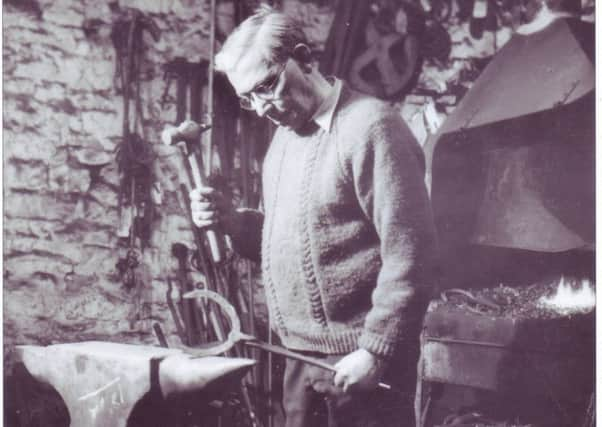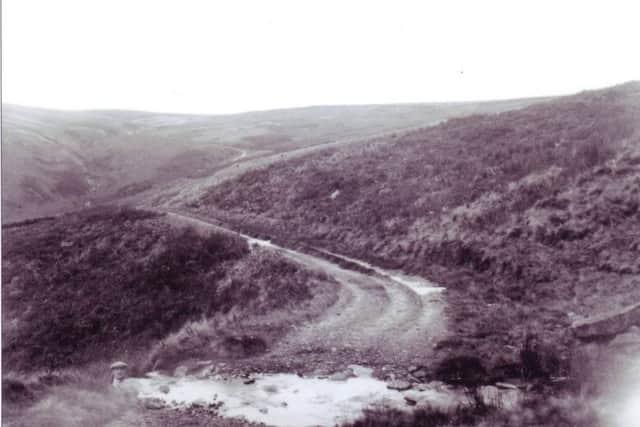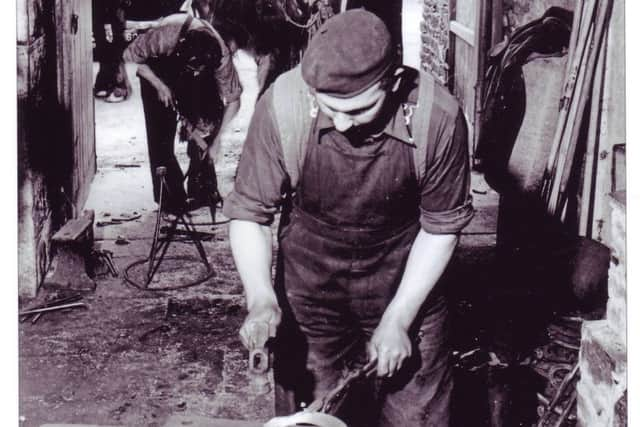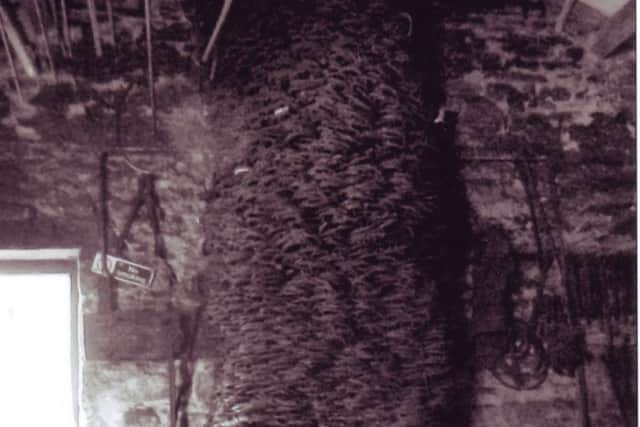Diversifying with the times kept Wray family blacksmiths in business for 153 years


Robert Taylor and Sons was established in 1859 when a blacksmiths smithy was erected at a busy crossroads, a mile from the small market town of Bentham.
Green Smithy was named after Richard Green, a wealthy farmer on whose land the smithy was originally built.


Advertisement
Hide AdAdvertisement
Hide AdThe business continued as farriers and metal workers through three generations – first Robert Taylor, second Almer and Thomas Taylor, third Robert Taylor until 2012 when it was taken over by J.D.Paxton and Sons Ltd who now carry on the Taylor tradition.
The fourth generation of Denis, Bryan and Frank being three of the sons of Robert and Beatrice Taylor who bought the premises in 1936.
During the Second World War Robert Taylor worked at Barrow shipyard where he learned the skill of electric welding.
This skill was invaluable in keeping the Green Smithy blacksmiths advancing into the future.


Advertisement
Hide AdAdvertisement
Hide AdAfter the end of the Second World War farming was changing rapidly with the tractor replacing the horse. Blacksmiths who did not diversify into other trades and crafts faded away.
The Taylor family was certainly not going to fade away.
In 1957 Robert Taylor had three sons working at Green Smithy – Denis born 1922, Bryan 1927-2017 and Frank 1929-2013.
The brothers won many prizes in competitions for welding held at the Royal Lancashire and Great Yorkshire shows.


Their workshops were packed with modern electrical equipment, some of which was mobile and could be transported to the farms for the shoeing of horses, etc.
Advertisement
Hide AdAdvertisement
Hide AdJoe Towers, of Camp House Farm, near Hornby, remembers purchasing their first tractor, a David Brown Crop-master, in 1959 from Green Smithy.
They remained loyal to the David Brown make of tractor for most of their farming life.
In the early years of the 20th century four new horseshoes cost the farmer 3s-6d – by 1957 the cost was about 30 shillings.
Robert remembers as many as 20 horses waiting outside the smithy for shoeing.
Advertisement
Hide AdAdvertisement
Hide AdFor more than 30 years Robert Taylor shoed horses for the farmers of Slaidburn, Newton and Dunsop Bridge.
He operated a smithy at Slaidburn, but this is now closed.
In the early days he drove a motorcycle and sidecar over the Cross of Greet Road from Bentham to Slaidburn.
At the time this road was in poor condition. Another hazard was poor lights on the combination.
It is said that Robert, after a long day shoeing, would let one of his lads, no more than 14 or 15-years-old, drive the motorcycle while Robert slept in the sidecar.
Advertisement
Hide AdAdvertisement
Hide AdMr Taylor recalls that the motorcycle and sidecar had to transport five hundredweight of equipment, including shoes and nails, from Green Smithy to Slaidburn.
It is remembered that the Taylors had been known to crash the machine, leaving nails scattered all over the road.
This came to an end in the mid 1950s, at least the road was much better, with transport by van an improvement over the motorcycle and sidecar used by their father Robert.
Robert’s sons Frank and Bryan continued to go to Slaidburn every Friday to shoe horses.
Advertisement
Hide AdAdvertisement
Hide AdThe brothers often worked until past midnight until all the horses waiting had been shod.
One cannot fail to be impressed by the work ethic of the Taylor family of Green Smithy.
If a farmer had a breakdown with a hay-time machine, it would be repaired day or night.
In 1957 around 100 horses were shod at Green Smithy. These included a good many trotters and riding ponies.
Advertisement
Hide AdAdvertisement
Hide AdEvery year, just before August 12, the Taylors attend to ponies used by grouse shooting parties in the Trough of Bowling.
They were also summoned by farmers to dress the feet of cows.
In the past as many as 90 wheels were hooped each year, but in 1957, for the first time, there was not a single wheel to tackle.
Another of Robert’s skills was the making of copper horseshoes he turned out for presentations at weddings.
In 1957 these would cost around 30 shillings.
Advertisement
Hide AdAdvertisement
Hide AdIn 1959 the Taylor’s started selling tractors and agricultural machinery.
At the present time, in what is left of the old smithy, is a stack of old horseshoes, around five or six feet at the base and tapering to around two feet at the top.
This stack is at least 20 feet high and contains thousands of shoes. The impressive and large stack must have taken 70 or 80 years to build.
Next week David Kenyon looks at the life of Frank Taylor ((1929-2013) who shod the last horse at Green Smithy in the year 2000.
David also looks at how the Taylor’s hopped cart wheels at Green Smithy in past times, information that was relayed to him in 2006 by Bryan Taylor when he was 79-years-old.